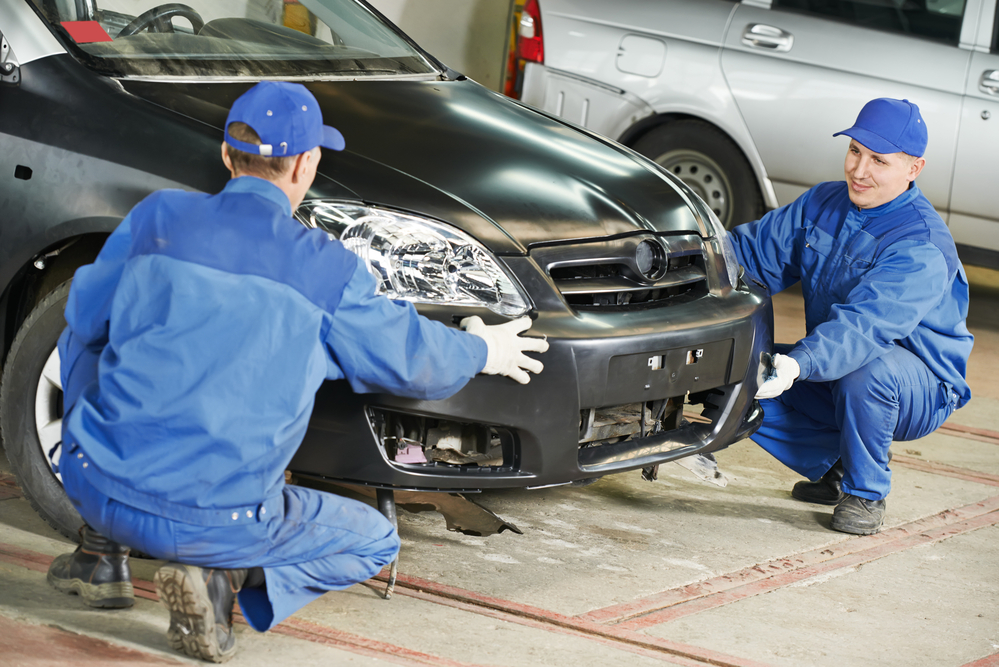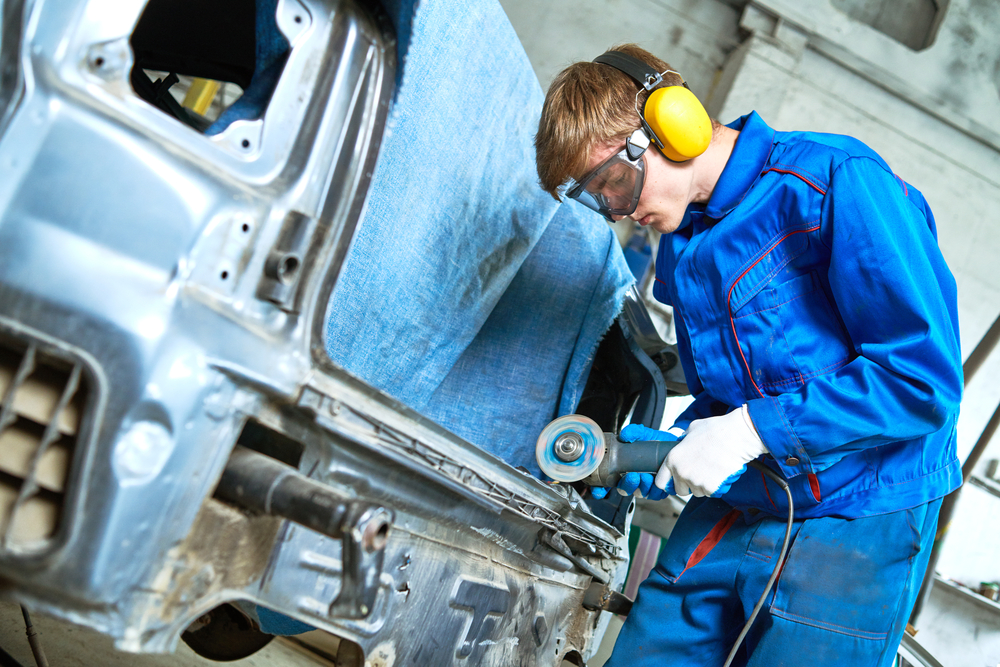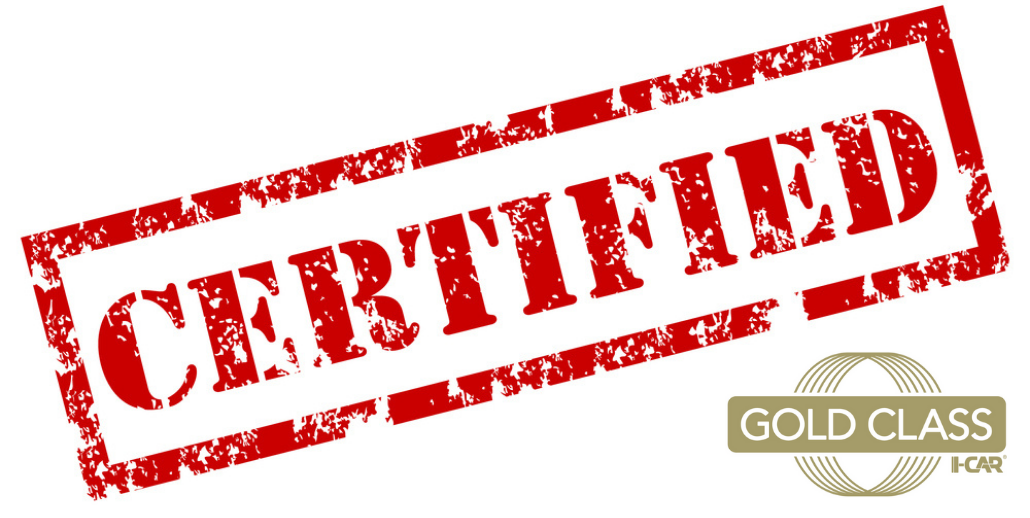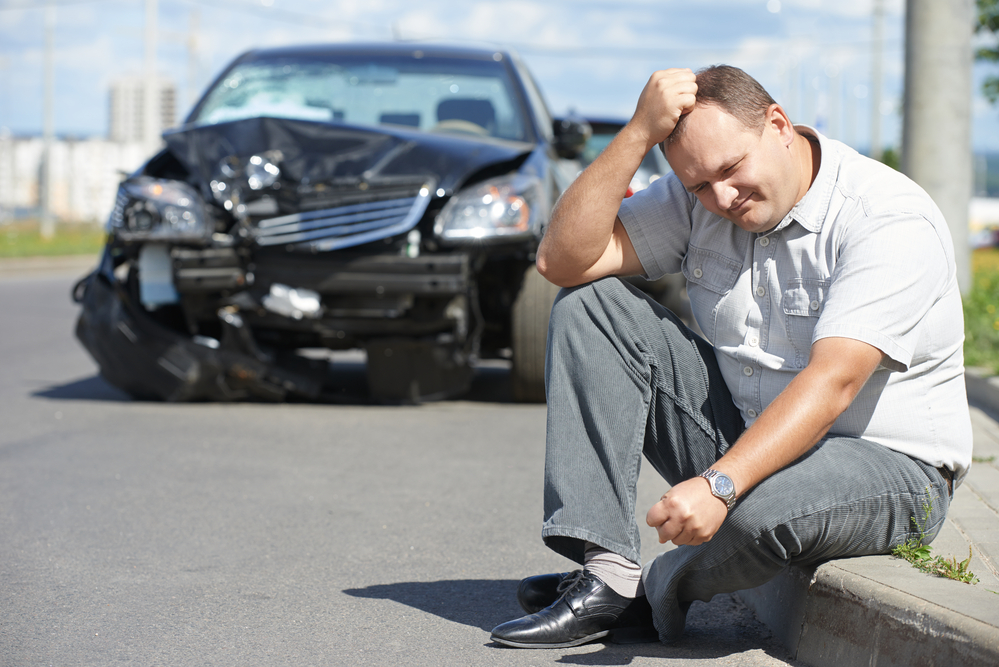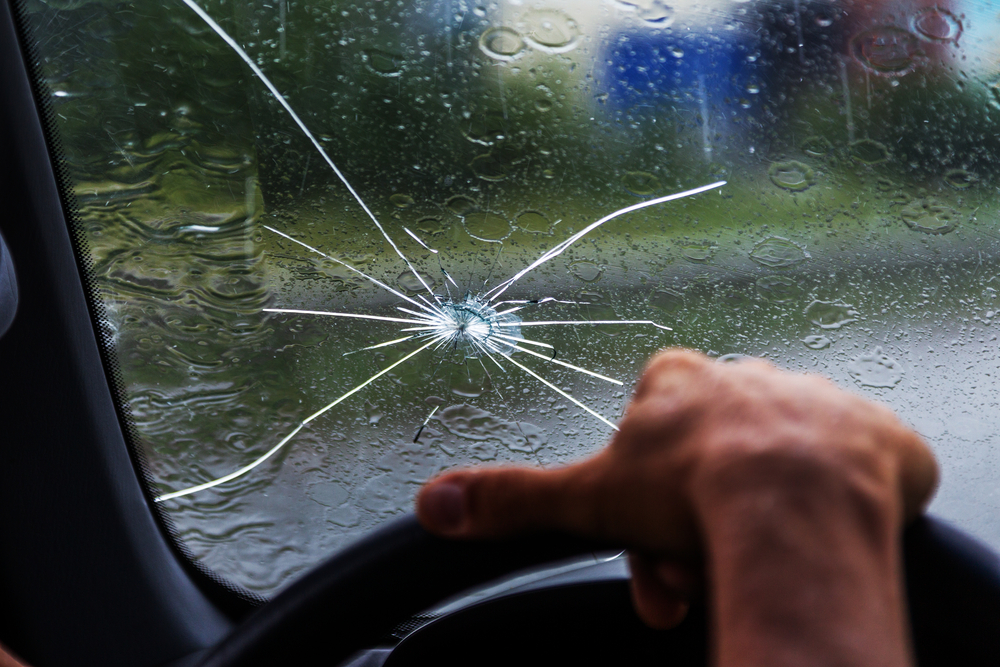You’re looking at the cost of repairing or replacing a bumper and wondering how much you should expect to pay. Though the design of both front and rear bumpers keeps the rest of a vehicle safe from damage, bumpers are still susceptible to disrepair, especially when hit by another vehicle. So, if there are damages, how much is it going to cost to repair or replace one? Here is some information on bumpers and answers to the repair and replacement costs of them.
Actual Damages
The extent of damage to a bumper will determine the cost of repairs or replacement of a bumper. They make most bumper materials today of plastic that contain a steel or aluminum bar for reinforcement. The basic parts include:
- a structural support system
- a shock-absorbing foam section and
- a plastic cover
Damage can affect any of these bumper parts and cause increased expense, particularly if the problem is the structural support system, which can run up repair costs. Any underlying damage can also add to the expense. Other repairs such as replacing a severely damaged bumper, wide cracks and holes, and a bumper that’s ready to fall off require extended repair or replacement.
When minor dents, chips, punctures, and scratches happen, any auto body shop near you can repair those lesser damages fairly easily. Body shop experts have the tools to do the job and they can repaint and color coordinate for an exact match for almost any vehicle. With cracks, holes, and punctures, there will be fill and sanding of the areas. The average cost is between $325 and $425. You can reduce light scratches fairly quickly, but if they are severe enough to cause major paint chipping, the cost can be anywhere from $50 to $600.
Costs of Front Bumper Replacement
With a front bumper replacement, the old bumper has to be removed first, and the area inspected for any possible underlying damage and replacement of damaged parts. Total costs will depend on where the vehicle is located, the vehicle, its make or model, the extent of damage, and the amount of labor that goes into the repair. With these factors in mind, replacing a front bumper runs between $500 to $1500 and beyond for usual replacements. In fact, most auto body shop charges range from $48 to $215 per hour. If repairs or replacements are more difficult and extensive, costs could reach around $5000.
Other cars or trucks may cost more for bumper replacement. Smaller cars with inadequate bumper protection that sustain damage from a collision, even at lower speeds, will end up costing more. Not only are bumpers in need of repair, but damages occur with other components. Damages may involve the frame, wheels, grill, and any structural aspects.
Costs of Rear Bumper Replacement
With a rear bumper, the damage is usually due to rear-end accidents, and it’s a common occurrence to see minor scratches, dents, and scuffed paint when accidents occur. If the collision involves high speeds, damages will not only hurt the bumper but will affect any other underlying components. With minimal damage, you can expect to pay at least $100, but that figure will depend on again the make, model, and year of a vehicle. More extensive damage amounts to around $2,000 for full bumper replacement.
Other Repair Methods
You can repair a bumper through paint-less dent repair or PDR. A body shop will use special tools that pull the dents out of a bumper without damage to the paint. This is a less costly and quicker method of repairing a bumper, but it’s not the best for damage that has gone beyond the surface and ruined both the surface and paint. Unfortunately, PDR isn’t usable with plastic bumpers, as these bumpers will require more than a simple buffing.
Savings on Bumper Repairs and Replacement
If you’re looking for ways to save on bumper repairs or replacement, the first thing to do is find a trustworthy body shop. Doing the repairs yourself is risky. You may choose where you take your vehicle even if your insurance company suggests a shop for repair.
Get a few estimates from repair shops. Don’t go with the lowest quoted price, as it doesn’t mean the best in repairs or service.
When you need a replacement bumper and want to save money, consider aftermarket parts as opposed to Original Equipment Manufacturer(OEM) parts. They are more affordable. You should weigh the differences and determine what’s best, but you may take a chance on an aftermarket part.
Know You Insurance Deductible
With minor damage to a bumper, any repair costs may be significantly lower than the deductible you have with your insurance company. If this is the case, you can pay for the repairs outright. You’ll also avoid an insurance claim that could raise your rates.
Fault in a Bumper Collision
When you’re at fault in a bumper collision, check what coverage you have with your insurance company and determine what choices you have. With collision coverage, you will be out for damages to your vehicle and the other driver’s vehicle. With no collision coverage, it’s your responsibility to pay for all repairs.
If the accident wasn’t your fault, you can get in touch with the other driver’s insurance company and claim either the cost for any bumper repairs or full replacement. The auto body shop will arrange for the repairs between the insurance company and the others concerned. They will take care of any damage and do it in a stress-free manner.
Once the auto body shop coordinates the bumper repair or replacement with your insurance company, they will order the parts. The insurance company usually has the last word, whether they will use OEM or aftermarket parts in the repair or replacement process. Once the vehicle is ready, the bumper will be ready for removal and disengagement from all its component systems, such as sensors, lights, and warning systems.
When you’re having trouble deciding what to do about a damaged bumper and the cost of repairing or replacing it, call Elmer’s Auto Body at (856) 218-0202. They’ll give you honest answers and provide experienced and expert care for your damaged bumper.

